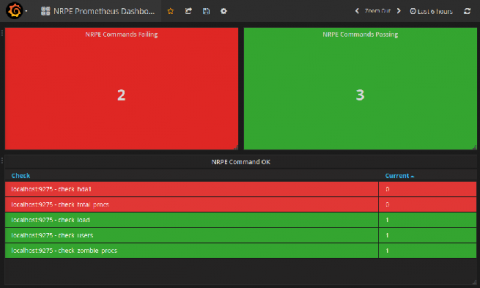Operations | Monitoring | ITSM | DevOps | Cloud
Incident Management
The latest News and Information on Incident Management, On-Call, Incident Response and related technologies.
Zen Your Life With IT Event Noise Reduction
IT incident responders have been inundated with alerts since the start of the COVID-19 pandemic. These engineers must dig through their messages to collect and respond to real alerts for real critical events. This process wastes time and prolongs incident response. The objective is to focus on IT event noise reduction to recognize and resolve real incidents promptly.
Incident Management in Mattermost: Creating an Incident Playbook
The idea behind Incident Management is to be ready. Not ready for anything, as that can be an unrealistic expectation, but ready to respond when the unexpected inevitably happens. DevOps teams often create incident playbooks in order to ensure they are as ready as possible to handle situations as they arise. Luckily, there is some amazing documentation on how to do just that from our friends at PagerDuty.
Escalating Prometheus alerts to SMS/Phone/Slack/Microsoft-Teams via AlertManager and Zenduty
Prometheus is by far, one of the most popular open-source monitoring tools used by millions of engineering teams globally with a robust community and continued adoption and evolution. We at Zenduty shipped our Prometheus integration integration a while back and we’re happy to report that the adoption of our Prometheus integration has been absolutely through the roof!
Improve Customer Satisfaction With Customer Service Incident Commanders
The global pandemic has drastically accelerated digital transformation initiatives and forced organizations to reimagine customer service by having them take on the incident commander role in managing and responding to customer issues and engaging with customers. In addition to prioritizing digital services, many businesses have migrated to the cloud to increase business agility, develop and deliver new features faster, and meet the growing demands of end users.
The face of success: key takeaways from BigPanda's "IT Ops Ready" virtual summit
Over 700 professionals from some of the most prominent enterprises in the retail, financial, technology, pharma and manufacturing industries attended our two-day “IT Ops Ready” virtual conference.
An end-to-end incident in Blameless and PagerDuty
Dev Sneak Peeks | Incident Response Plugin: Gitbook Documentation
Curb alert noise for better productivity : How-To's and Best Practices
How to create a custom ServiceNow incident report dashboard in Canvas
Welcome back once again! This is the third and final part of this series on using the Elastic Stack with ServiceNow for incident management. In the first blog, we introduced the project and set up ServiceNow so changes to an incident are automatically pushed back to Elasticsearch. In the second blog, we implemented the logic to glue ServiceNow and Elasticsearch together through alerts and transforms as well as some general Elasticsearch configuration.











